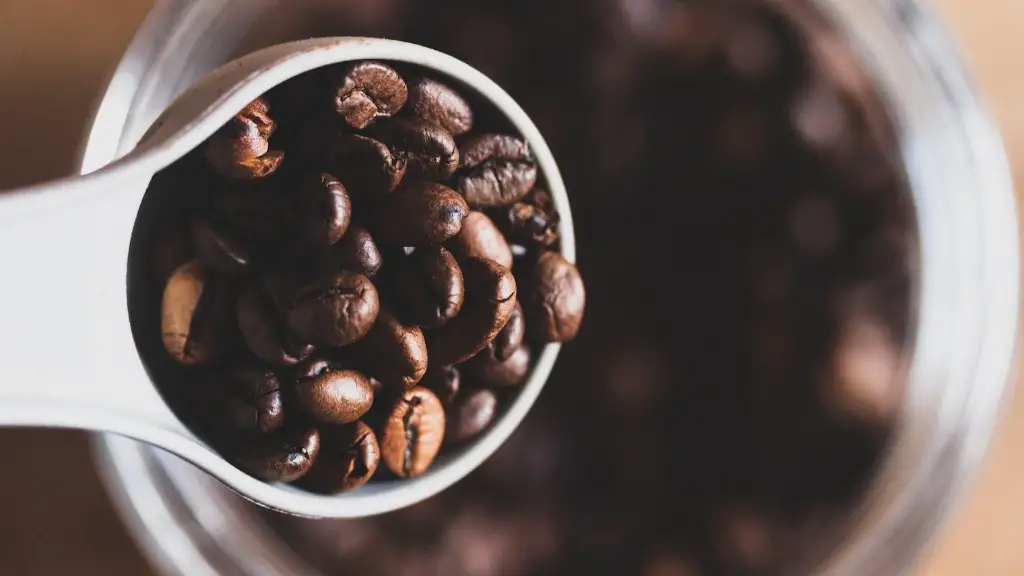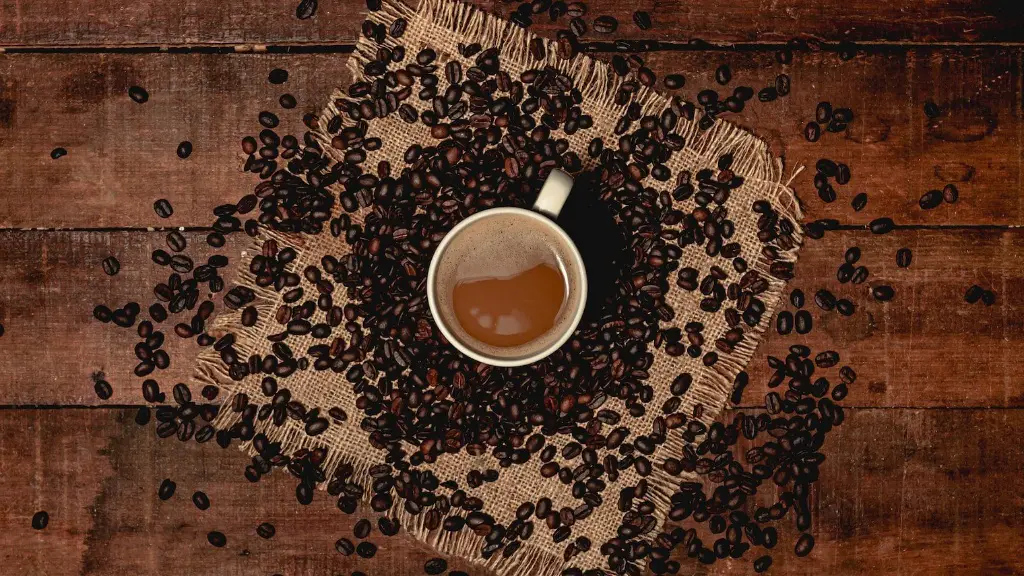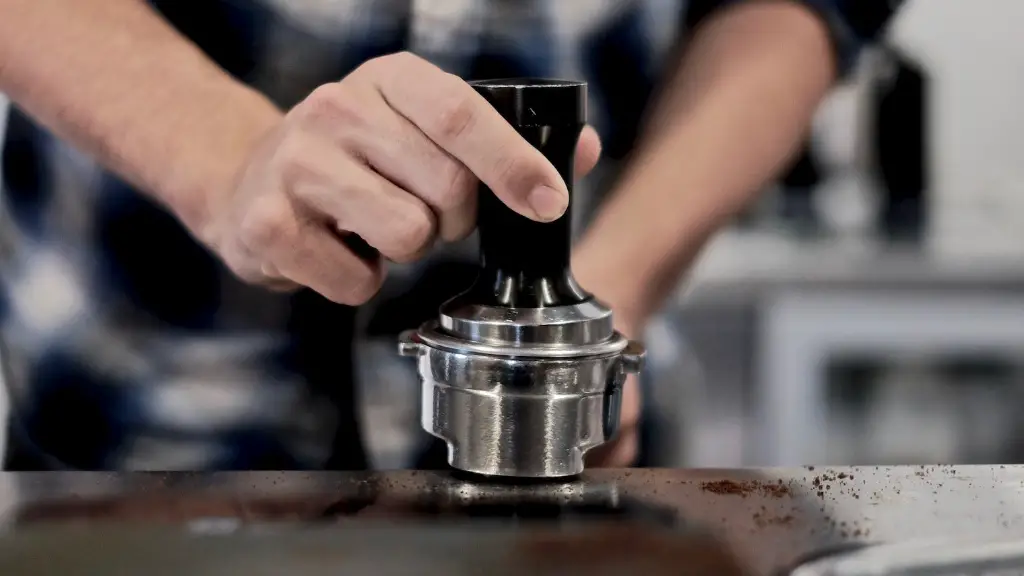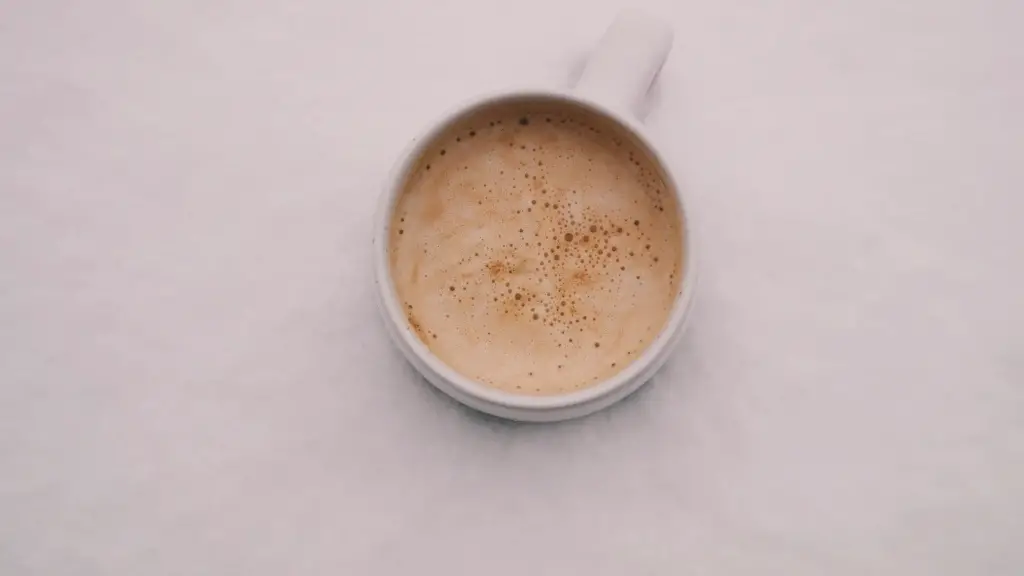Cellulite is an issue that affects many people and has done for many years. Whilst it’s seen as one of the most common skin concerns amongst both adults and teens, the jury is still out regarding whether drinking coffee is bad for the condition or not.
To find an answer to the question which ties in coffee to cellulite, it’s important to have a basic understanding of the causes. While there is no exact cause pinpointed to be solely responsible for the appearance of cellulite, most dermatologists consider genetics, poor diets, lack of physical activity and poor circulation to be some of the main factors.
This being said, coffee has been in the spotlight as to whether or not it can assist in the prevention or reduce the appearance of cellulite due to its caffeine content. Caffeine is said to promote microcirculation, a better blood flow and cell stimulation. This could be beneficial in reducing the appearance of cellulite in the long term, however it is important to be aware that these results are not guaranteed.
It is worth considering that studies are limited and do not conclusively prove that drinking coffee does help reduce cellulite. There is some debate that links drinking coffee to the potential exacerbation of symptoms such as fluid retention, which could in turn make cellulite appear more prominent.
The truth of the matter is that there is no simple answer to the question of whether drinking coffee can help make cellulite go away or not. It really depends on each person’s individual circumstances, as each body type is different. If a person has the necessary diet and exercise regime in place, the amount of caffeine in a cup or two of coffee per day is unlikely to cause any undesired effects. However, it is important to watch out for any noticeable changes in the body and exercise caution.
In light of uncertainty as to how much is too much, it is better to err on the side of caution and have just one cup of coffee per day. That being said, it would be advisable to stay away from adding anything unhealthy to the drink, such as sugar and cream, as this can make it easier for cellulite to form.
Cellulite and Diet
A healthy and balanced diet is essential in helping to prevent the production of cellulite in the body. This means cutting down on fatty, sugary and processed foods, as well as removing inflammatory foods including those with food colourings, additives and preservatives.
Swapping these out for whole grains, fresh fruit and vegetables, lean proteins, and healthy fats can help to support better detoxification when combined with balanced exercise and plenty of water. Regularly consuming foods which contain good sources of vitamin C, B vitamins, omega-3 fatty acids, antioxidants, and anti-inflammatory components can also help to keep the skin strong and healthy.
Foods high in protein, such as quinoa, lean chicken, and fish, have been known to help produce more collagen in the body to help the skin stay tight. Drinking plenty of water and caffeine-free tea can also help flush out toxins, whilst reducing inflammation and swelling in the body.
It’s important to keep portions in check and to limit an individual’s glycaemic load – the rate of sugar entering the bloodstream. Doing this can help to reduce the risks of metabolic diseases and high levels of the hormone insulin, both of which are believed to contribute to the development of cellulite.
Cellulite and Exercise
Of course, a balanced diet isn’t the only detail to consider when it comes to seeing effects when it comes to reducing cellulite. Regular exercise has also been proven to be effective in improving circulation, reducing fat, and aiding in the production of collagen; all of which can help reduce the appearance of cellulite.
Incorporating activities that target all the major muscle groups is one of the best methods to use. With this technique, the more muscle gets worked the more metabolic activity and fat burning will occur. Therefore, activities such as high-intensity cardio, weight-bearing exercises, resistance training, and bodyweight exercises, are all great to use when it comes to working up a sweat, to minimise the evidence of cellulite.
Listening to one’s body is key during exercise and when taking part in regular physical activity, it’s important to de-stress and stay focused. Taking time to stretch pre and post workout will help to reduce any inflammation, release tension and keep the body flexible.
Cellulite and Massage
Massaging is another technique initially thought of to increase blood flow and aid in cellulite reduction. Different super anti-cellulite creams or ointments are available, as well as wearable electronic devices, which all target the areas where cellulite appears, helping to reduce its appearance.
However, it’s worth noting that, even if massage and products reduce the appearance of cellulite, they will not completely get rid of it. In addition, massaging too hard will cause additional damage to the skin.
When it comes to the effectiveness of massaging to reduce the appearance of cellulite, studies have been a mixed bag, with some studies suggesting that it can help and some suggesting that it does not. It is worth noting, however, that even if massage helps to reduce cellulite, it shouldn’t be seen as the sole method for removing its presence.
Cellulite and Lifestyle
A healthy lifestyle is also key in helping reduce the evidence of cellulite. Pursuing activities such as yoga and meditation can be beneficial to reduce stress and counteract any bad hormonal reactions which can be linked to the skins production of cellulite.
It’s also important to make sure to get enough rest and sleep of at least 7 hours per night. This is essential to helping the body recover and repair itself, aiding in circulation and allowing the skin to regenerate healthily. Endorphins are also released during sleep which can help to combat blemishes and protect the skin’s elasticity and texture.
It’s also important to manage emotional stress and ensure to take regular breaks away from stimulating devices and to generally take time out for self-care
Cellulite and Cosmetic Treatments
For those looking for a more instant treatment to reduce the appearance of cellulite, laser or RF treatments are options to consider. During the process of these treatments, heat energy is used to deep burst fat cells and to promote collagen production in the area.
Coolsculpting and Liposuction are also both good options to consider. In the Coolsculpting process, fat cells are frozen, causing them to die and be naturally broken down in the body over time. On the other hand, liposuction is a more extreme method of cellulite reduction as it removes fatty tissue from the body with a vacuum-like device.
The most important thing to remember when considering any cosmetic option is to ensure to do your research and choose a provider that is well renowned. Make sure to look into the side effects, recovery time, and the applicable costs for each procedure, to ensure the best possible outcome.





